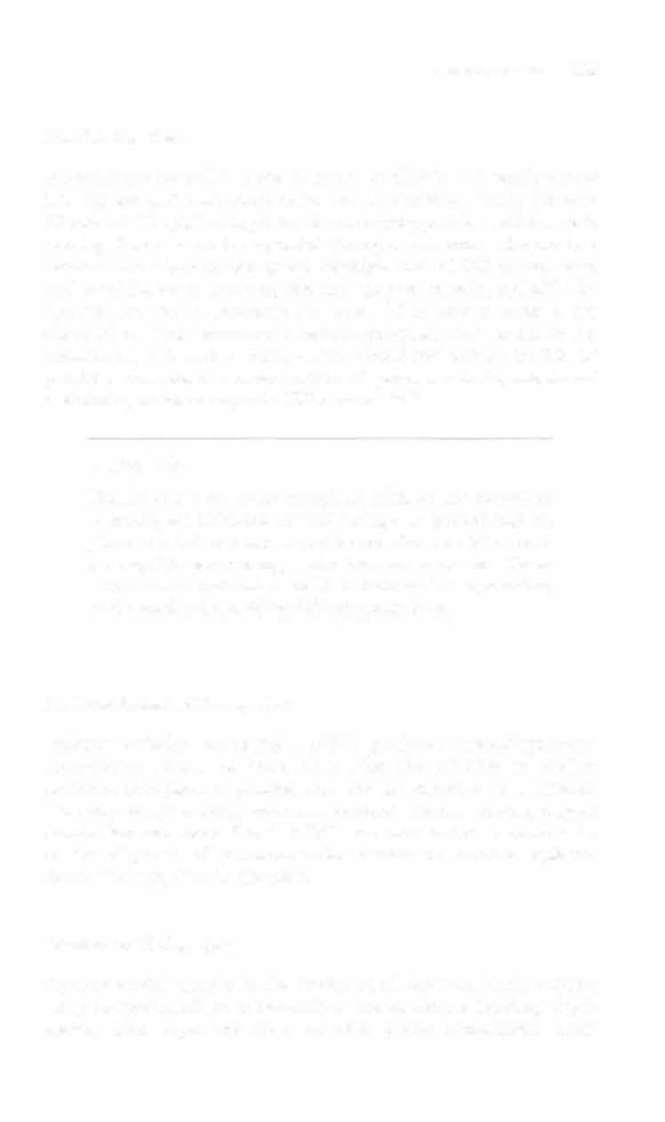i bc27f85be50b71b1 (91 page)
Read i bc27f85be50b71b1 Online
Authors: Unknown




300
AClrn CARE II:\NDBOOI( fOR I'IIYI)ICAI Till' ItAl'I')l,
Table 4-17. Coordination Tests
Test
Method
Upper extremity
Finger to nose
Ask the patient to touch his or her nose. Then, .1sk
patient to touch his or her nose and then touch
your finger (which should be held an arm\
length :nvay). Ask the patient to repeat this
rapIdly.
Supination and
Ask the patient to rapidly and alternately 'iupinate
pronation
and pronate his or her forearms.
Tapping
Ask the patient ro rapidly tap hi\ or her hands on
a surface simultaneousl)', alternately, or both.
Arm bounce
Have the patienr flex his or her shoulder to 90
degrees with elbow fully extended and wrist III
the neutral position, then apply a brief downward pressure on the arm. (ExceSSive 'iwinging
of the arm indicates a positive test.)
Rebound phenome
Ask the patient to flex his or her elbow to approxnon
imately 45 degrees. Apply resistance to elbow
flexion, then suddenly release the resistance.
(Striking of the face indICates a positive test.)
Lower extremity
Heel to shm
Ask the patient to move IllS or her heel down the
opposite shm and repeat mpH.liy.
Tapping
Ask the patient to rapidly tap his or her feer on
the floor simultaneously, alternately, or both.
Romberg test
Ask the patlcnr to stand (heels mgether) with eyes
open. Observe for swaying or los\ of balance.
Repeat with eyes closed.
Gait
Ask the patient to walk. Observe galt pattern,
posture, and balance. Repeat with t�tndcll1
walklllg to exaggerate deficits.
Source: Dat:l from KW l.mdsay, J Bone, R C:lllandcr (cd!» . f\!curolngy and Ncurmurgcry Illustrated (2nd cd). Edinburgh, UK: Churchill LlvmgslOnc, 1 99 1 .

NERVOUS SYSTEM
301
dislocation, spondylosis, spur, or stenosis, especially after trauma or if
there are motor or sensory deficits.14,23
Computed Tomography
In computed tomography (CT), coronal or sagittal views of the head,
with or without contrast media, are used to assess the density, displacement, or abnormality ( location, size, and shape) of the cranial vault and fossae, cortical sulci and sylvian fissures, ventricular system,
and gray and white matter. CT is also used to assess the presence of
extraneous abscess, blood, calcification, contllsion, cyst, hematoma,
hydrocephalus, or tumor. "·2J CT of spine or otbits is also available.
Head CT is the preferred neuroimaging test for the evaluation of
acute cerebrovascular accident (CVA), as it can readily distinguish a
primary ischemic from a primary hemorrhagic process and thus determine the appropriate use of tissue plasminogen activator (tPa) ( see Appendix IV)."
Magnetic Resonance Imaging alld AlIgiography
Views in any plane of the head, with or without contrast, taken with
magnetic resonance imaging (MRI) are llsed to assess intracranial
neoplasm, degenerative disease, cerebral and spinal cord edema,
ischemia, hemorrhage, arteriovenous malformation (AVM), and congenital anomalies."·2J Magnetic resonance angiography (MRA) is used to assess the intracranial vasculature for eVA, transient ischemic
attack (TIA), venous sinus thrombosis, AVM, and vascular tumors or
exrracranially for carotid bifurcation stenosis.2s
Doppler Flowmetry
Doppler f/owmetry is the use of ultrasound to assess blood flow.
Transcranial Doppler Sonography
Transcrallial Doppler sOllography (TCD) involves the passage of
low-frequency ultrasound waves over thin cranial bones (temporal)
or over gaps in bones to determine the velocity and direction of
blood flow in the anterior, middle, or posterior cerebral and basilar


302 ACUTE CARE HANDBOOK FOR PHYSICAL THERAPISTS
arteries. It is used to assess arteriosclerotic disease, collateral circulation, vasospasm, and btain death, and to identify AVMs and their supply arreries.14•2J
Carotid Nonjnvasives
Carotid noninvasives use the passage of high-frequency ultrasound
waves over the common, internal, and external carotid arteries to
determine the velocity of blood flow in these vessels. It is used to
assess location, presence, and severity of carotid occlusion and
stenosis.14•23
Digital-Sttbtractiolt Altgiography
Digital-subtraction angiography (DSA) is the computer-assisted
radiographic visual ization of the catotids and cetebral vessels with
a minimal view of background tissues. An image is taken before
and after the injection of a contraSt medium. The first picture is
"subtracted" from the second, a process that creates a highlight of
the vessels. Digital-subtraction angiography is used to assess aneurysm, AVM, fistula, occlusion, or stenosis. It is also used in the operating room (i.e., television display) to examine the integrity of
anastomoses or cerebrovascular rcpairs. 14,2]
Cerebral Altgiography
Cerebral angiography involves the radiographic visualization (angiogram) of the displacement, patency, stenosis, or vasospasm of intraor extracranial arteries after the injection of a radiopaque contrast medium via a catheter (usually femoral). It is used ro assess aneurysm,
AVMs, or intracranial lesions as a single procedure or in the operating
room to examine blood flow after surgical procedures (e.g., after an
aneurysm c1ipping).'4
Clinical Tip
Patients are on bed rest with the involved hip and knee
immobilized for approximately 8 hours after cerebral
angiography to ensure proper healing of the catheter insertion site.

